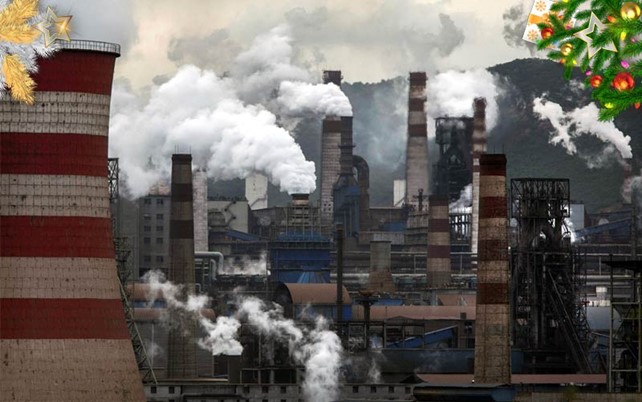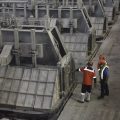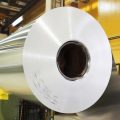China, the world’s largest energy consumer. It has therefore called on energy-intensive industries, such as steel, aluminum, cement and oil refining, to ensure that more than 30% of their production capacity meets energy efficiency standards.stricterethics by 2025.
In this way, the Chinese government aims for state-owned enterprises to lower energy consumption as well as their carbon dioxide emissions by 2025 compared to 2020 levels. In particular, they should reduce their energy consumption bya per 1,570 dollars of production value by 2025 to 15% below the levels observed in 2020. An initiative that is part of China’s plan to bring its CO2 emissions to a record high.s maximum before the end of this decade.
The Asian giant intends to emissions in order to achieve carbon neutrality by 2060. It also has the added objective of bringing its CO2 emissions to their highest point in the world.The maximum target date is 2030.
Earlier this year, the Chinese authorities ordered energy-intensive industries toThe company’s efforts to improve the energy efficiency of its productioncapacity, including oil refining, steel, aluminum production, and cement manufacturing, are expected to ensure that more than 30% of its production capacity meets more stringent energy efficiency standards..
Despite commitments to reduce its emissions and large investments in renewable energy capacity, China remains very directly dependent oncoal, as its economy has recovered from the COVID-19-induced downturn more thana decade ago.The company’s operations are faster than expected. Global coal demand is likely to reach another new high next year, reducing net-zero emissions efforts, according to the International Energy Agency (IEA) in its annual Coal 2021 report.
However, over the next two years, global coal demand could even reach new record highs, especially in the Chinese and Indian markets, which will lead consumption growth.














